Consumer prices rose 3.0% in June 2024 compared to the previous year. This rate outperformed economists’ expectations.
Inflation has cooled for four consecutive months. The current rate marks significant progress from the 9% peak experienced earlier.
Fed Faces Rate Cut Pressure
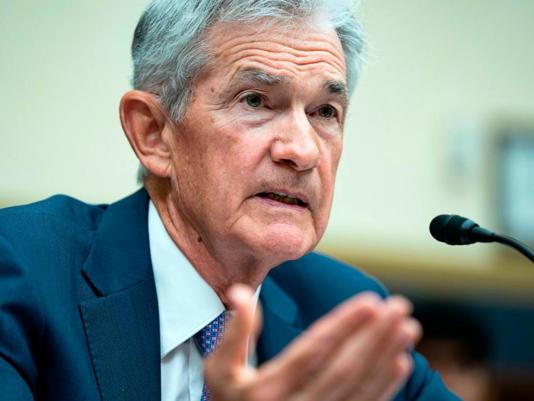
The cooling inflation may pressure the Federal Reserve to cut interest rates. The Fed previously forecasted rate cuts in late 2023.
Current inflation remains 1 percentage point above the Fed’s 2% target. The Fed has maintained high interest rates to combat inflation since March 2022.
Gas Prices Offset Other Increases

Declining gas prices in June offset rising housing and grocery costs. The U.S. Bureau of Labor Statistics reported this trend.
Gas prices have historically been volatile, affecting overall inflation. In 2022, gas prices contributed to 55.4% of inflation.
Fed Funds Rate Remains Elevated
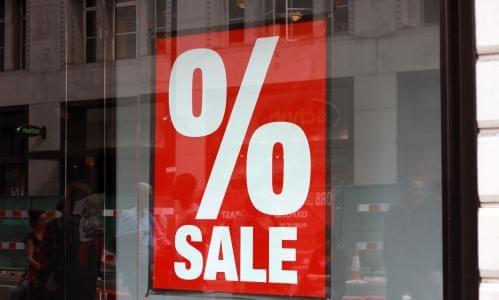
The Federal Reserve has kept its benchmark interest rate between 5.25% and 5.5%. This rate matches the highest level since 2001.
The Fed has raised rates 11 times since March 2022. Historically, the average Fed Funds rate since 1971 is 5.42%.
Powell Acknowledges Inflation Progress
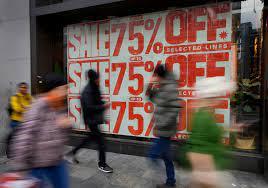
Fed Chair Jerome Powell noted “modest further progress” in slowing price hikes. He addressed House members in Washington, D.C. on Wednesday.
Powell emphasized the need for sustained progress toward 2% inflation. The Fed has targeted 2% inflation since 2012.
Economy Shows Resilience Amid Challenges
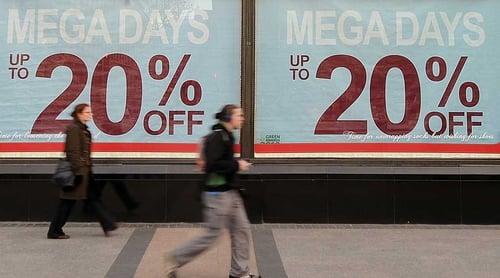
The U.S. economy added 206,000 jobs in June 2024. However, the three-month average job growth is at its lowest since January 2021.
The unemployment rate has risen from 3.7% to 4.1% in 2024. The U.S. economy has experienced 128 months of job growth since 2010.
Economic Output Growth Slows

Economic growth has slowed at the start of 2024. The economy continues to grow at a solid pace.
GDP growth averaged 2.1% annually from 2010 to 2020. The Congressional Budget Office projects 2.4% growth for 2024.
Interest Rate Cuts’ Potential Impact
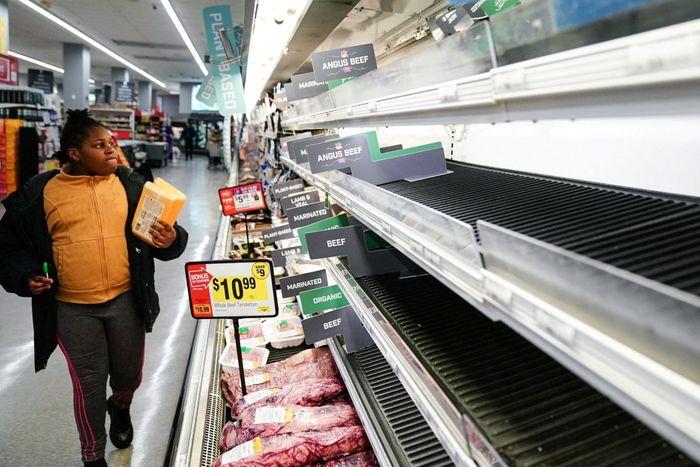
Lower interest rates could stimulate economic activity. Reduced borrowing costs may increase consumer spending and business investment.
The Fed cut rates to near zero during the 2008 financial crisis. Rate cuts typically boost GDP growth by 0.25-0.5% per quarter.
Inflation Rebound Risk Exists
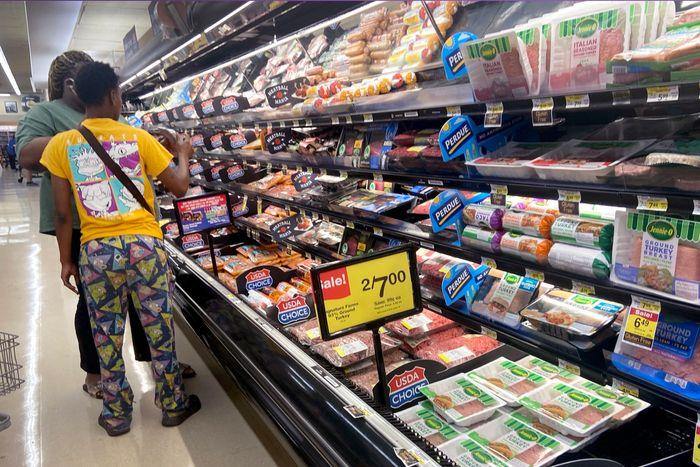
Cutting rates too quickly risks reigniting inflation. Stronger consumer demand and higher wages could accelerate price increases.
The U.S. experienced stagflation in the 1970s due to policy missteps. Inflation averaged 7.1% in the 1970s compared to 2.6% in the 2010s.
Recession Risk from High Rates
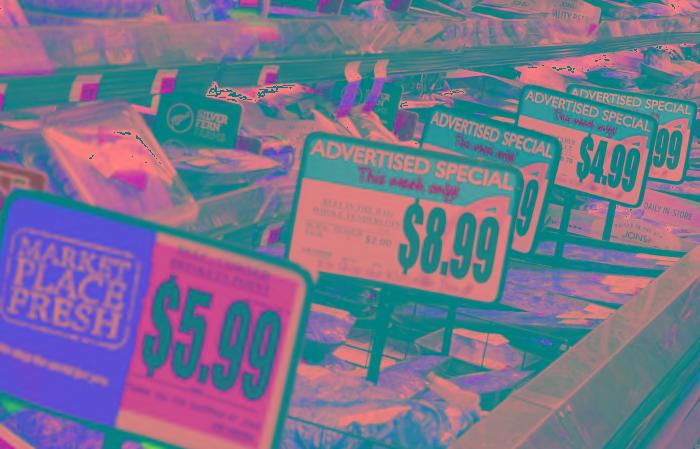
Maintaining high interest rates too long could trigger a recession. Recent data suggests an economic slowdown.
The U.S. has experienced 33 recessions since 1857. The average recession lasts 17 months.


